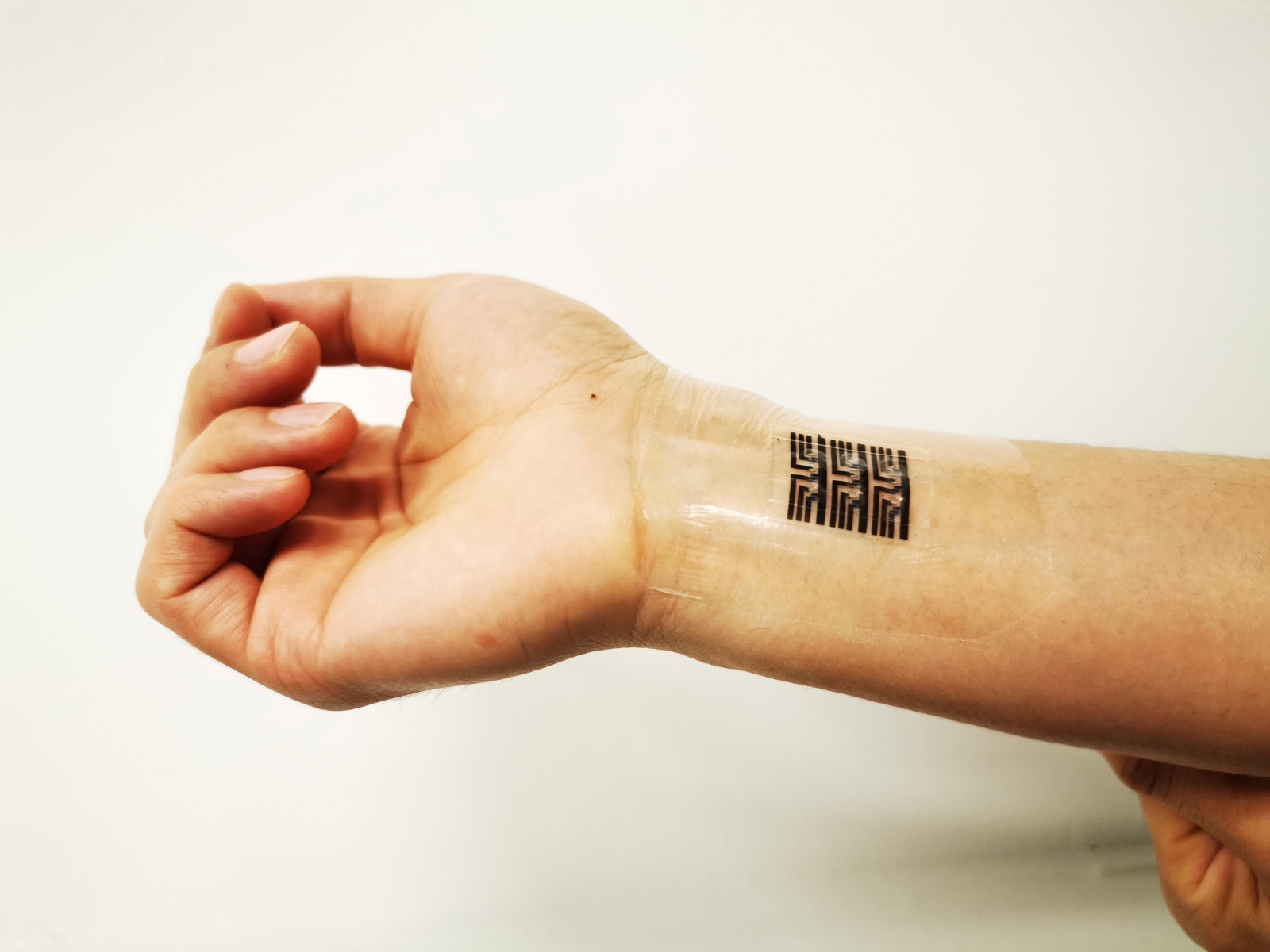We are exploring new neuromorphic-computing designs with an emerging type of device, an organic electrochemical transistor (OECT), to enable continuous on-device learning. Different from memristors as the conventional device basis for neuromorphic computing, OECT devices provide a large range of linear and symmetric conductance states with long retention time, which can support more effective and low-power learning.
We have assembled a multidisciplinary team to design arrays of new OECT devices that can perform moderately intelligent tasks. While unit OECT devices have been demonstrated before, they are not capable of supporting complex machine learning algorithms. For the system to advance to a sufficiently high integration level, we need to fill two gaps: (1) the knowledge gap regarding the relationships between the material/device properties and the learning performance at the system level and (2) the technology gap related to large-scale fabrication. To this end, our team is exploring material design, device integration, and in-memory analog learning. We are leveraging software frameworks for learning algorithms to enable discovery and trial of new intelligent devices in an informed environment. The efficiency and resiliency of OECT devices can potentially allow them to be deployed in flexible ways, including edge computing, autonomous design, and health care scenarios. One recent example is skin-like electronics combined with neuromorphic computing for health monitoring [1].
[1] Shilei Dai et al., “Intrinsically stretchable neuromorphic devices for on-body processing of health data with artificial intelligence.” Matter 5, 3375-3390 (2022).
